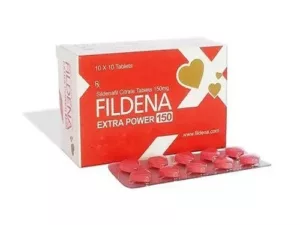“Lidocaine & Prilocaine Gel 10 gm: Complete Guide to Uses, Dosage & Side Effects”
🔬 What is Lidocaine & Prilocaine Gel?
Lidocaine & Prilocaine Gel is a topical local anesthetic used to numb the skin or mucous membranes before minor surgical procedures, injections, cannulation, tattooing, or cosmetic treatments. It provides temporary relief from pain and discomfort by blocking nerve signals in the skin.
Each gram of gel typically contains 25 mg of Lidocaine and 25 mg of Prilocaine, which together produce a synergistic numbing effect.
⚙️ Mechanism of Action
Both Lidocaine and Prilocaine are amide-type local anesthetics. They work by inhibiting sodium channels in the nerve cell membranes, preventing the initiation and transmission of nerve impulses.
- Lidocaine acts rapidly for quick pain relief.
- Prilocaine has a slightly delayed onset but prolongs the numbing effect.
Their combination ensures fast and sustained local anesthesia.
💡 Common Uses (Indications)
- Numbing skin before needle insertion or minor surgery
- Pre-laser or tattooing procedures
- Waxing or dermabrasion
- Pain relief in superficial wounds, cuts, or burns
- Pre-treatment before genital skin procedures or circumcision
- Anesthetic before cosmetic procedures (Botox, fillers, etc.)
📏 Dosage and Application Instructions
✅ How to Use:
- Apply a thick layer over the affected area.
- Do not rub into the skin.
- Cover with an occlusive dressing (if required).
- Leave it in place for at least 45–60 minutes for skin anesthesia.
- For mucous membranes, 20–30 minutes is usually sufficient.
⚠️ Max Recommended Dose:
- For adults: up to 10 grams (entire tube) depending on treatment area.
- Avoid applying over large areas or broken skin unless directed by a doctor.
🧒 Children:
- Use cautiously and under medical supervision. Dosing depends on weight and treatment area.
⚠️ Contraindications
- Hypersensitivity to Lidocaine, Prilocaine, or other amide-type anesthetics
- G6PD deficiency (due to risk of methemoglobinemia)
- Severe liver or heart disease (use with caution)
⚠️ Warnings and Precautions
- Do not apply to eyes, deep wounds, or inside the nose/mouth unless prescribed
- Avoid use on broken, irritated, or inflamed skin unless advised by a healthcare provider
- Can cause methemoglobinemia, especially in infants
- Prolonged or excessive use can lead to systemic absorption and toxicity
🧪 Drug Interactions
- Sulfonamides, nitrates, and certain antibiotics may increase methemoglobinemia risk
- Caution when used with antiarrhythmics, other anesthetics, or CNS depressants
🚨 Possible Side Effects
Common (mild):
- Redness or mild irritation at the site
- Temporary numbness or tingling
- Skin blanching
Rare but Serious:
- Allergic reaction (rash, swelling, itching)
- Methemoglobinemia (shortness of breath, bluish skin, confusion)
- Dizziness or irregular heartbeat (with large-area application)
Seek medical help immediately if serious side effects occur.
🤰 Use in Pregnancy and Lactation
- Pregnancy: Generally considered safe when used in small amounts
- Lactation: Minimal absorption makes it likely safe; avoid application to breast area
📦 Storage Instructions
- Store below 25°C (77°F)
- Do not freeze
- Keep out of reach of children
- Close the tube tightly after use








Reviews
There are no reviews yet.